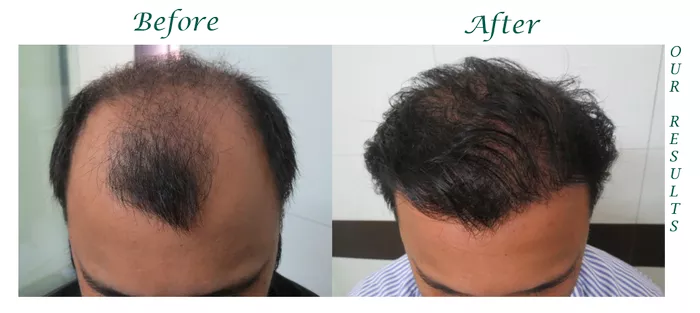Hair loss is a common concern for many individuals, affecting both men and women of various ages. Whether it’s due to genetics, hormonal changes, medical conditions, or lifestyle factors, dealing with hair loss can be a challenging experience. When faced with thinning or receding hair, one may consider two main options: shaving the head or undergoing a hair transplant. Both options come with their own set of advantages and disadvantages, and deciding which path to take requires careful consideration of various factors. In this article, we will delve into the intricacies of each option to help you make an informed decision.
Understanding Hair Loss
Before delving into the decision-making process, it’s essential to understand the root cause of hair loss. Common causes include genetics (male and female pattern baldness), hormonal imbalances, certain medical conditions (such as alopecia areata), medications, stress, and lifestyle factors. Identifying the underlying cause can help determine the severity of the condition and the appropriate course of action.
Pros and Cons of Shaving Head
Shaving the head is a bold decision that offers simplicity and cost-effectiveness. Embracing a shaved head eliminates the need for expensive hair care products and frequent visits to the barber. Additionally, many find the shaved look to be empowering and aesthetically pleasing. However, shaving the head represents a significant change in appearance, which may require some adjustment. Some individuals may also experience discomfort or sensitivity after shaving, particularly if they have sensitive skin.
Hair Transplant Overview
A hair transplant is a surgical procedure that involves transplanting hair follicles from one part of the body (usually the back or sides of the scalp) to the balding or thinning areas. There are two primary methods of hair transplantation: Follicular Unit Extraction (FUE) and Follicular Unit Transplantation (FUT). FUE involves extracting individual hair follicles using a punch tool, while FUT involves removing a strip of skin containing hair follicles and dissecting it into individual grafts. Both methods have their own advantages and drawbacks, and the choice between them depends on factors such as the extent of hair loss, donor hair availability, and personal preference.
Cost Comparison
When considering the long-term costs associated with shaving versus undergoing a hair transplant, it’s essential to weigh the upfront cost of the procedure against the ongoing expenses of maintaining a shaved head. While a hair transplant may require a significant initial investment, it offers a permanent solution to hair loss, eliminating the need for ongoing expenses such as razors, shaving creams, and aftercare products. On the other hand, shaving the head is a low-cost option initially, but the cumulative cost of grooming products and frequent shaving may add up over time.
Lifestyle Considerations
Both shaving the head and undergoing a hair transplant have implications for lifestyle and maintenance. Shaving the head requires minimal maintenance, as there is no hair to style or groom. However, individuals with shaved heads may need to take extra precautions to protect their scalp from sunburn and maintain a consistent shaving routine to keep the look neat and tidy. On the other hand, a hair transplant requires a recovery period and may involve some restrictions on activities such as strenuous exercise or exposure to sunlight during the healing process. Additionally, individuals undergoing a hair transplant will need to follow a post-operative care regimen to ensure optimal results.
Psychological Impact
The decision to shave the head or undergo a hair transplant can have a significant psychological impact on an individual. Hair loss often carries emotional baggage, affecting self-esteem, confidence, and body image. Embracing a shaved head can be a liberating experience for some, providing a sense of control over their appearance and embracing a new identity. However, for others, the prospect of shaving the head may evoke feelings of insecurity or fear of judgment from others. Similarly, undergoing a hair transplant can boost confidence and improve self-image by restoring a full head of hair. Still, it’s essential to manage expectations and understand that results may vary from person to person.
Expert Opinions and Testimonials
Consulting with a hair loss specialist or dermatologist can provide valuable insights and personalized recommendations based on individual needs and preferences. Additionally, hearing from individuals who have undergone either option can offer valuable perspectives and help alleviate concerns or uncertainties. Seeking out testimonials and reviews from reputable sources can provide reassurance and help guide the decision-making process.
Next Steps
Ultimately, the decision to shave the head or undergo a hair transplant is a personal one that depends on individual circumstances, preferences, and goals. Before making a decision, it’s essential to thoroughly research both options, consult with professionals, and consider the long-term implications. If unsure, consider trying out a shaved head with a temporary bald cap to gauge how it feels and looks before committing to a permanent change. Whatever decision you make, remember that there is no right or wrong answer, and the most important thing is to feel comfortable and confident in your own skin.


